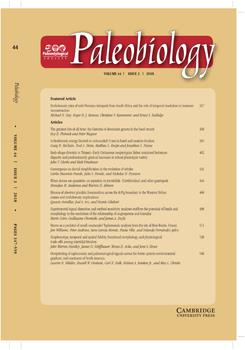The fossil record of mammal dentition provides crucial insight into key ecological and functional transitions throughout mammalian evolutionary history. For cetaceans, both extant clades differ markedly from their stem ancestors; neither retains the differentiated dentition or the tribosphenic molars characteristic of Mammalia. We used quantitative measures of dental complexity across fossil and living cetaceans to identify a trend toward dental simplicity through the Neogene. Both extant cetacean clades depart from the ancestral mammalian condition and concurrently converge upon a reduced and simplified dentition; modern mysticetes all have become entirely edentulous (at birth), and living odontocetes possess teeth as single-rooted, conical pegs. These two parallel trends accompany major shifts in feeding strategy (i.e., filter feeding in mysticetes and echolocation in odontocetes), suggesting that these evolutionary innovations for prey acquisition are enabling factors for the loss of prey processing and subsequent convergence on dental simplification.
How to translate text using browser tools
28 May 2018
Convergence on dental simplification in the evolution of whales
Carlos Mauricio Peredo,
Julio S. Peredo,
Nicholas D. Pyenson
ACCESS THE FULL ARTICLE

Paleobiology
Vol. 44 • No. 3
Summer 2018
Vol. 44 • No. 3
Summer 2018




